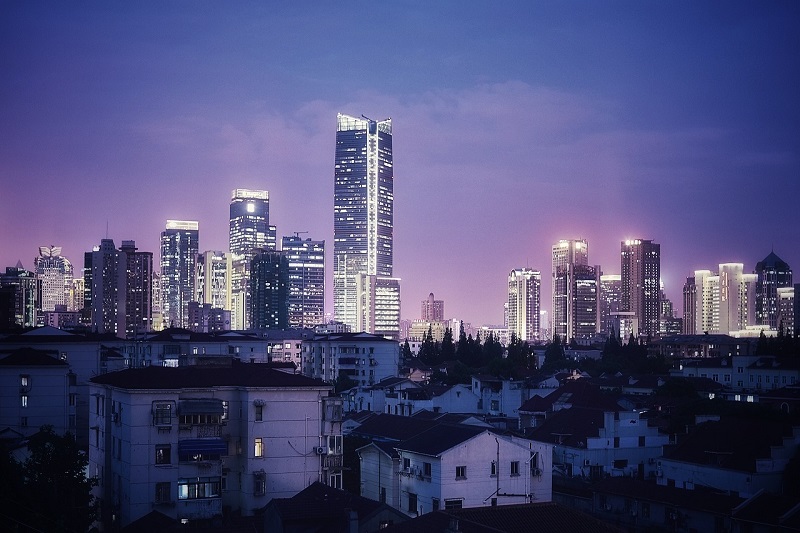The data released by China’s National Bureau of Statistics on Monday (17) showed that the country’s Gross Domestic Product (GDP) in the first half of 2023 grew by 5.5% compared to the previous year, which fell below market expectations. Chinese exports decreased by 12% in June, relative to June of the previous year. Nevertheless, China remains the fastest-growing economy and the largest contributor to the global economy. It is only natural, therefore, that the entire international market is closely monitoring the Chinese economy.

While the numbers appear optimistic, there are numerous uncertainties! The growth rates previously seen in pre-pandemic periods seem to no longer be a reality.
After the removal of Covid-19 restrictions in late 2022, retail sales showed a strong recovery in the first half of 2023, but did not sustain in the second half as the market had hoped. This points to a reduced propensity for consumption, signaling the risk of deflation.
It is understandable to witness a moderation in Chinese growth, or more fairly expressed, a more “normal” growth trajectory.
What are the reasons behind this potential Chinese slowdown?
Chinese urbanization process
One of the major driving forces behind Chinese growth has been the rapid urbanization process in recent decades, which has facilitated significant industrial evolution.
Over the past years, this migratory movement has experienced increased control, partly due to COVID, and remains subject to restrictions. This critical element of the Chinese economy, involving the migration from rural to urban regions and the fulfillment of the urbanization process, is presently limited, directly influencing its economic growth.
In China, everything is closely controlled, including the migration from rural to urban areas, which follows the so-called “hukou system.” Keep reading to understand!
Understanding The “Hukou” System in China
The Hukou system is a unique system in China that has been in place since the 1950s. It is a fundamental component of China’s population management and urban-rural divide.
Under the Hukou system, every Chinese citizen is assigned a specific household registration status, either as a rural Hukou or an urban Hukou. This registration is linked to a specific geographic location, typically the individual’s place of birth or their family’s ancestral home. The Hukou status dictates a person’s access to various social services and benefits, including education, healthcare, housing, and employment opportunities.
The Hukou system has historically been used to control population movement and maintain social stability. It aims to regulate and manage the distribution of the population between rural and urban areas, as well as control the growth of large cities by limiting migration. However, it has also been criticized for creating inequality and disparities between urban and rural residents, as well as hindering internal migration and urbanization. In recent years, some reforms have been introduced to ease the restrictions of the system and promote urbanization and social integration.
What to expect from Chinese economy?
Although the current restrictions on the urbanization process may not bring the most encouraging news, there is also reason for optimism. If these restrictions are eased and integrated urbanization and industrialization projects continue in China, there is potential for accelerated economic growth.
Undoubtedly, China will play a pivotal role as the primary driver of global growth in the upcoming five years. While indicators have shown improvement, achieving consistent growth remains uncertain. As such, global investors are closely monitoring the evolution of consumption patterns, the pace of real estate sector recovery, and the measures that will be implemented.
